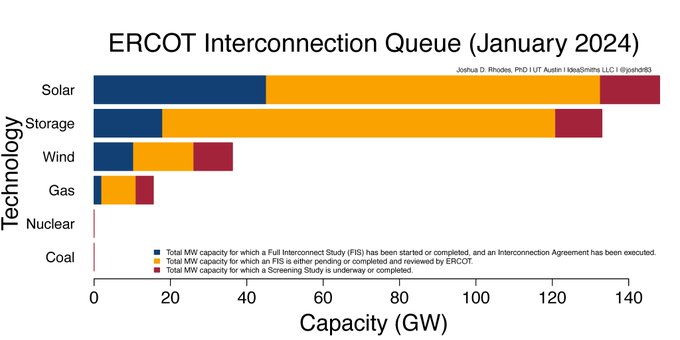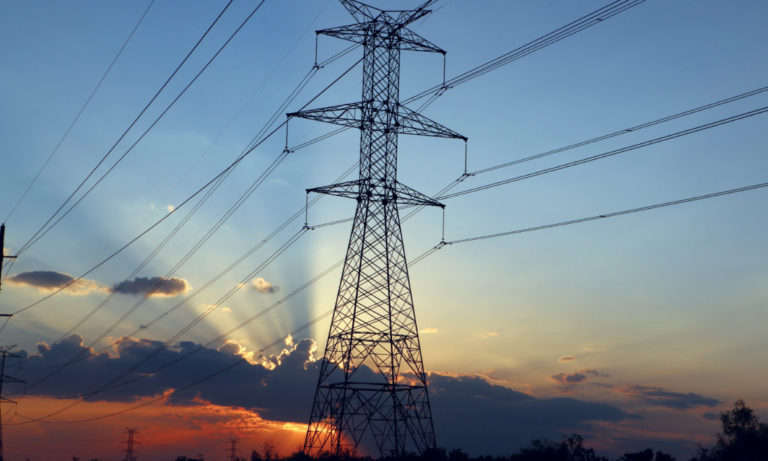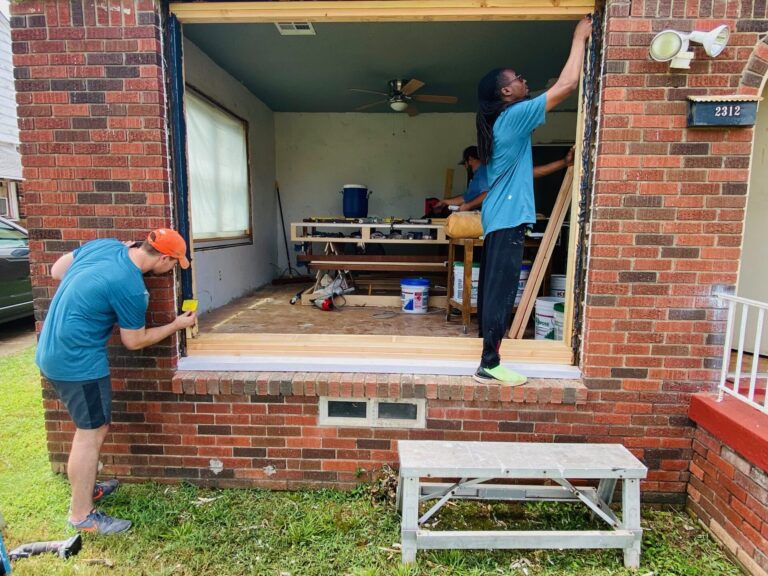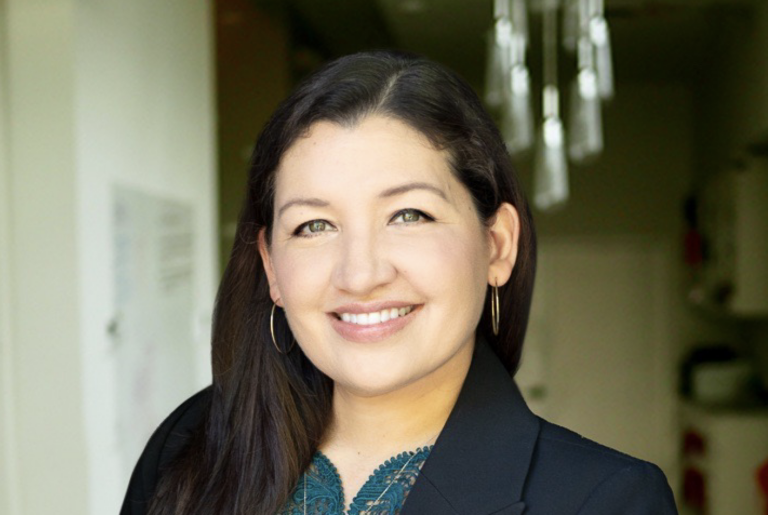July 16, 2019
Over the next few months, we’ll be posting stories about what we’ve accomplished in our first 10 years. Check out the full list of stories we’re working on.
 By Rachel Jenkins, director of operations, Pecan Street
By Rachel Jenkins, director of operations, Pecan Street
Calling Dan McAtee an enthusiastic participant in Pecan Street’s research is a massive understatement.
“I sign up for everything,” Dan said. “When Pecan Street sends out an email about another project, I’m sure I’m the first one to respond. Every time.”
I can attest to that. Not only does Dan volunteer for nearly every research project we announce, he makes suggestions about what we should research next. He’s a one man focus group.
Dan and his wife Laura were among the first of what is now a network of more than 1,000 volunteers whose energy use — and, if they have solar panels, generation — are measured every minute of every day. Those measurements populate Pecan Street’s Dataport database, which is used by thousands of researchers around the world.
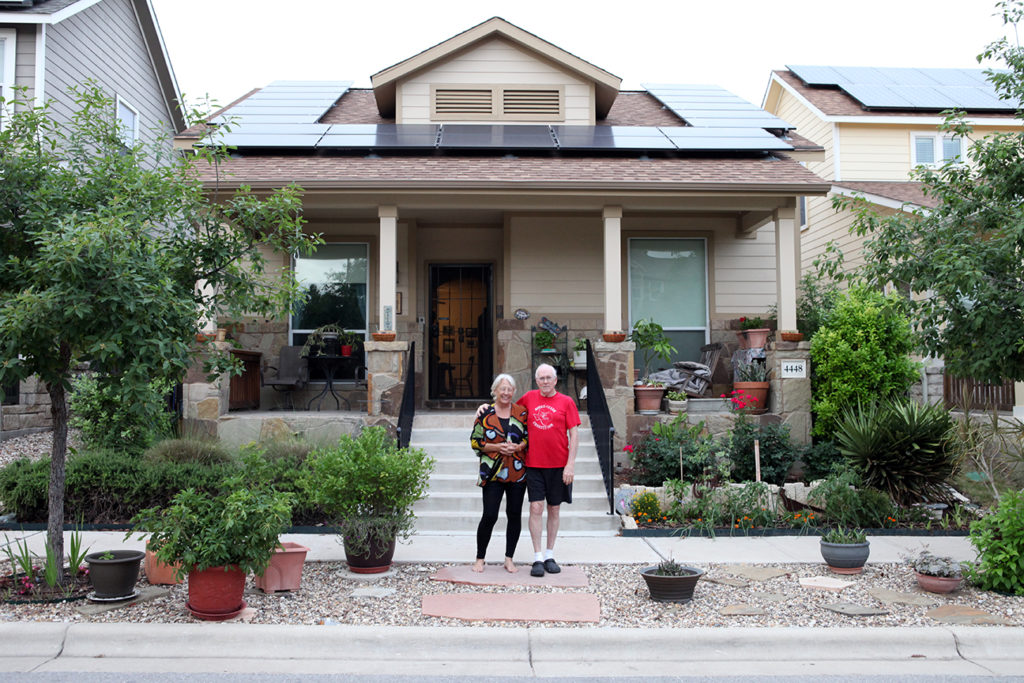
When Pecan Street first launched, we provided financial incentives to install solar panels and lease or buy an electric vehicle so that we could gather more data about these technologies. That spark resulted in more than 200 participants with solar and more than 70 with EVs within a half-square-mile area.
Beyond allowing Pecan Street to install sensors in their homes and share the resulting data (after it’s anonymized) with researchers all over the world, these participants also directly contribute to the research conducted by Pecan Street’s staff and partners. They help with technology trials, pilot programs, and demonstration projects for a range of energy, water, and transit-related innovations. In addition to supplying us with data, their feedback has proven instrumental to companies’ decisions whether to move forward with new products and services.
They are also our first line of defense in quality-checking our data. All participants have access to a portal to view their home’s data, and they let us know if we labeled one of the circuits wrong or if any of the data doesn’t look quite right.
They have been instrumental in developing new AI applications for energy and water management. When Pecan Street launched the Blu suite of water monitoring devices a few years ago, participants filled out surveys about their water use to help us develop the disaggregation algorithms that eventually led to a ground-breaking automated water leak detection service. This technology was subsequently deployed by Central Texas schools, the Housing Authority of the City of Austin, and Austin Water, in addition to Pecan Street’s own water conservation research.
Together, these Citizen Scientists and their data are fueling all the insight Pecan Street and our partners glean from our research. Individually, though, their motivation varies widely. Dan, for example, is all about spending less and getting more. He cares about the climate, but he wants to see the ROI for everything.
“If it’s free and it helps the environment, I like it,” he said. “If I can save money, I love it.”
Case in point: Pecan Street’s Blu suite of hardware and software helped him identify a water leak which, in addition to saving water, saved him from a shocking water bill. Using Pecan Street’s online energy portal, he noticed that his refrigerator was cycling on more than usual and was able to repair the cooling fan before it broke. “That saved me a fridge worth of spoiled food.”
John McDaniel, another Austin participant, is a data and gadget addict. He loves that he can see exactly what is using energy at his home at any moment. That insight drove him to invest in more efficient appliances.
“One of the first things I noticed is that our single-speed pool pump was using about 1,600 watts when it was on, and it was on for several hours per day,” John said. “We got a variable speed pump, which does the job perfectly, and it uses about 60 watts when it runs.”
Since then, John has gone further. He installed solar, which cut his use of grid-supplied electricity by about two-thirds. He’s changed all his lighting to LED bulbs (“It’s amazing how much energy — and money — old light bulbs burn”).
As Pecan Street moves into its 10thyear, I look forward to engaging more homes in our Citizen Science program as we expand our research network into New York and California. Our Texas-heavy research is already a unique data resource for researchers around the world. But when we expand into other areas with different energy profiles, weather patterns, and generation resources, we’ll be able to ask more questions, test more technologies, and learn more about how we can reduce emissions everywhere.
Among our newest participants, the Eldermire family lives in a 200-year-old farmhouse outside Ithaca, NY. “With Pecan Street’s technology, we’ll be able to see our electricity use in real-time and find opportunities to make better energy choices,” said Charles Eldermire. “And we’re happy to be contributing to a body of knowledge that’s available to researchers around the world.”
I remain inspired by and grateful to all of the households that volunteer with us. They are the heart of everything we do at Pecan Street and it’s my pleasure to work so closely with them.
If you’d like to see some media stories about our homegrown citizen scientists, check out the following links:
You can also check out our Participant Resources page, which details everything our participants need to know before they sign up.










